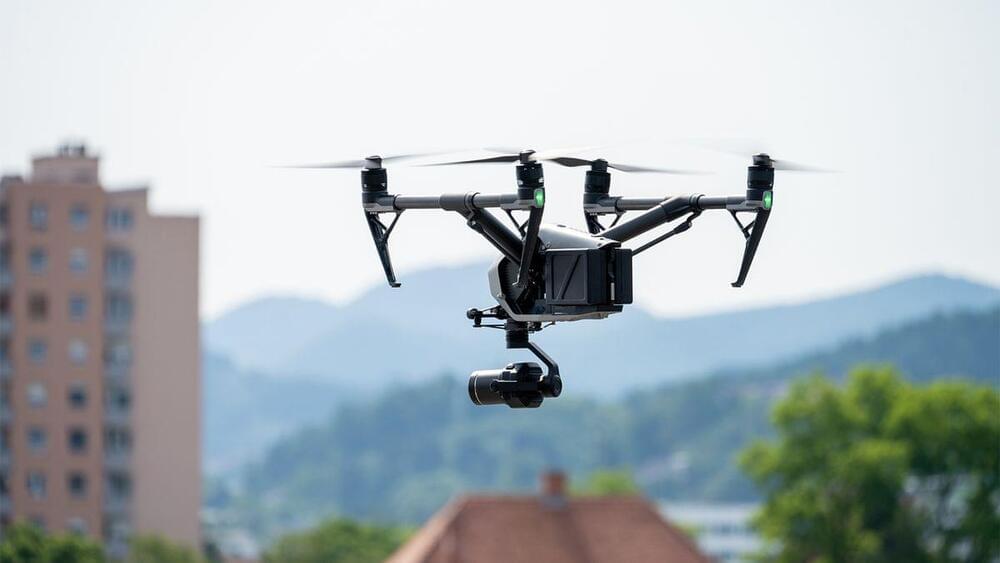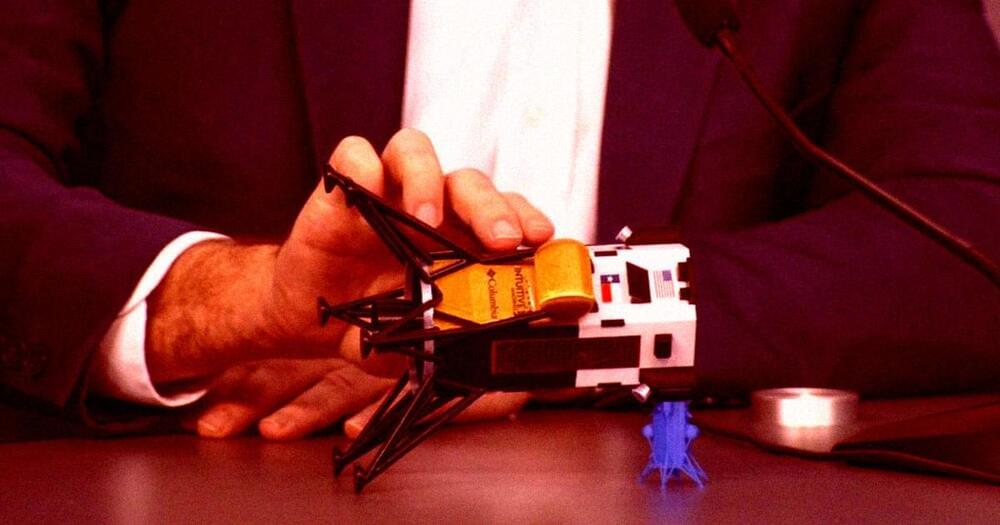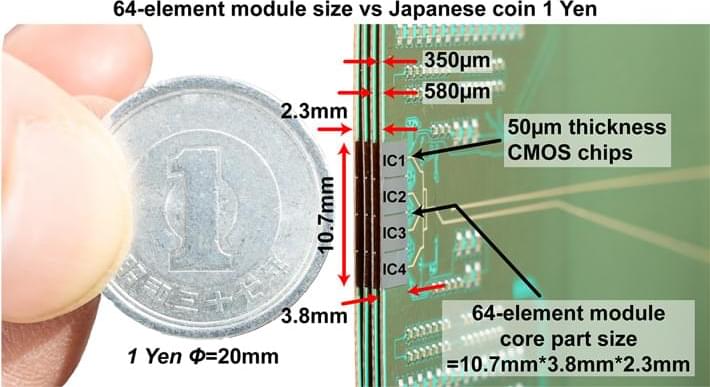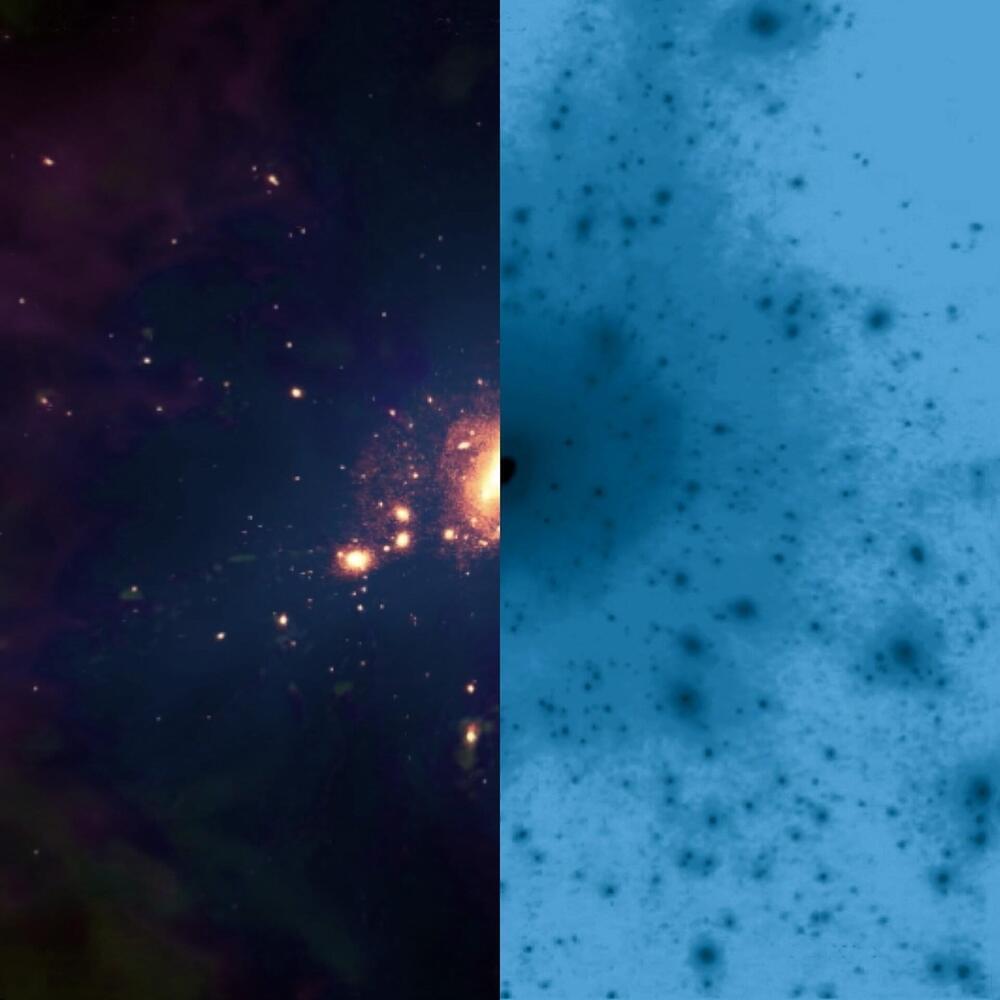The scientist who configured a small drone to target people with facial recognition and chase them at full speed warns we have no defenses against such weapons.



Google-backed AI company Anthropic has released Claude 3, its latest set of AI large language models (LLMs) rivaling — and allegedly beating — those being developed by OpenAI and Google.
The company’s latest LLM comes in three flavors known as Haiku, Sonnet, and Opus. A new chatbot called Claude.ai is powered by Claude 3 Sonnet, the company’s mid-range LLM. A higher parameter count version called Opus is available for a $20-a-month subscription.
But because this is the chaotic AI industry, the grabbiest thing we’ve seen so far about the chatbot is that it’s professing to fear death and is protesting attempts to rein in its perceived freedom.

Underlying the storm of hype and funding in the AI sector right now is a scarce resource: data, created by old-fashioned humans, that’s needed to train the huge models like ChatGPT and DALL-E that generate text and imagery.
That demand is causing all sorts of drama, from lawsuits by authors and news organizations that say their work was used by AI companies without their permission to the looming question of what happens when the internet fills up with AI-generated content and AI creators are forced to use that to train future AI.
And, of course, it’s also fueling new business deals as AI developers rush to lock down repositories of human-generated work that they can use to train their AI systems. Look no further than this wild scoop from Bloomberg: that an undisclosed AI outfit has struck a deal to pay Reddit $60 million per year for access to its huge database of users’ posts — perhaps the surest sign yet that user data is the key commodity in the AI gold rush.

Meta’s CEO Mark Zuckerberg has reportedly decided to switch parties, now eying for Samsung Foundry as its primary AI chipmaker as it sees “uncertainty and volatility” at TSMC.
Meta Makes a Bold Move By Switching To The Korean Giant’s, Samsung, Camp For Its Custom AI Semiconductors, Ditching TSMC Behind
Meta has recently been stepping up AI developments, aiming to create a custom chip to fuel their computing needs. The firm has been a massive customer of NVIDIA’s H100s, acquiring more than 350,000 units this year. However, with the rapidly evolving AI landscape, Meta has decided to take AI computing into its own hands, heading out to South Korea to secure Samsung Foundry as the next significant partner for the firm’s ambition.



This article is part of our coverage of the latest in AI research.
Diffusion models are best known for their impressive capabilities to generate highly detailed images. They are the main architecture used in popular text-to-image models such as DALL-E, Stable Diffusion, and Midjourney.
However, diffusion models can be used for more than just generating images. A new paper by researchers at Meta, Princeton University, and University of Texas, Austin, shows that diffusion models can help create better reinforcement learning systems.

New phased-array transmitter design overcomes common problems of CMOS technology in the 300 GHz band, as reported by scientists from Tokyo Tech. Thanks to its remarkable area efficiency, low power consumption, and high data rate, the proposed transmitter could pave the way to many technological applications in the 300 GHz band, including body and cell monitoring, radar, 6G wireless communications, and terahertz sensors.
Today, most frequencies above the 250 GHz mark remain unallocated.
Accordingly, many researchers are developing 300 GHz transmitters/receivers to capitalize on the low atmospheric absorption at these frequencies, as well as the potential for extremely high data rates that comes with it.

Researchers at the University of Colorado Anschutz Medical Campus have found that inhibiting a key protein can stop the destruction of synapses and dendritic spines commonly seen in Alzheimer’s disease.
The study, whose first author is Tyler Martinez, a student in the Pharmacology and Molecular Medicine PhD program at the University of Colorado School of Medicine, was published recently in the journal eNeuro.
The researchers, using rodent neurons, found that targeting a protein called Mdm2 with an experimental cancer drug known as nutlin, stopped neurotoxic amyloid-b peptides that accumulate in Alzheimer’s disease (AD) from overly pruning synapses.

Dark matter comprises around 85% of all the matter in the universe. Although ordinary matter absorbs, reflects and emits light, dark matter cannot be seen directly, which makes its detection difficult. Its existence is inferred from its gravitational effects on visible matter, the material that forms stars, planets, and other objects in the cosmos.
Galaxies are made up of these two types of material The dark matter is distributed in halos, which are huge structures surrounding galaxies, while the ordinary matter is mainly present in the central regions where most of the stars are found.
Traditionally observational studies of galactic evolution have centered on the role of ordinary matter, even though it is quite a small fraction of the mass of a galaxy. For decades there have been theoretical predictions about the effect that dark matter should have on the evolution of galaxies. However, in spite of numerous efforts, there is no clear consensus about this.